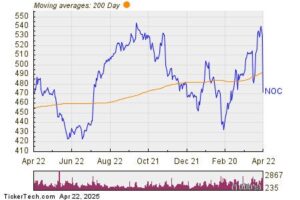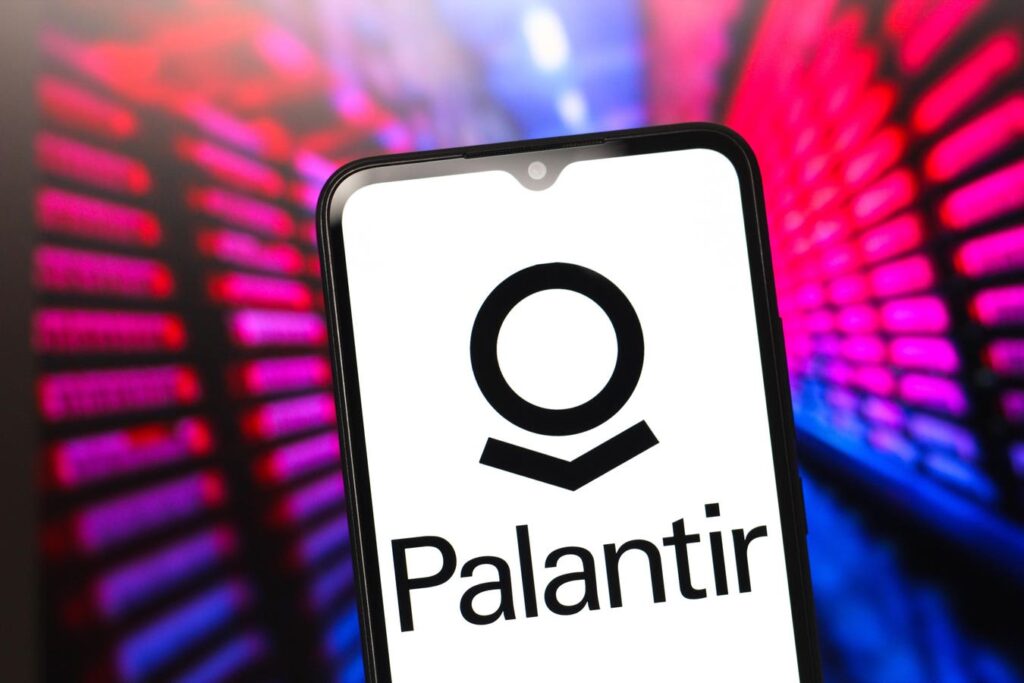Question: Why pay over 160x forward earnings for Palantir stock when Arista Networks stock (NASDAQ: ANET) trades at just over 30x? Most investors likely wouldn’t, especially when considering these straightforward comparisons:
- Growth: Palantir’s revenue grew at an average rate of 23% annually over the past three years, while Arista’s revenue expanded by 33% per year during the same period. This year, consensus estimates suggest PLTR could grow by 30%, compared to 20% for ANET.
- Margins: Arista Networks boasts adjusted net margins exceeding 40%, allowing more of its revenue to reach shareholders. In contrast, Palantir recorded margins of 34% over the past year.
Is Arista A Safe Bet?
Although some may think of Arista Networks as a “safe haven,” its historical performance during market volatility tells a different story. For example, during the inflation shock of 2022, ANET fell over 37%, and during the pandemic-related uncertainty in 2020, it declined 34%. These figures suggest that despite its reasonable valuation, ANET is not necessarily a low-risk stock.
That said, ANET has already corrected significantly, dropping from a high of nearly $129 earlier this year to around $71, partially due to U.S. tariffs on major trade partners. For investors looking for a potentially more resilient and high-performing alternative, check out the Trefis High Quality portfolio, a strategy that has delivered over 75% returns since inception, as shown in its HQ performance metrics.
AI Networking Lynchpin Vs. Big Data Specialist
If you believe in the long-term growth of AI, Arista Networks presents a compelling opportunity due to its attractive valuation. The company leads in connectivity and networking solutions for AI, especially within the high-bandwidth, low-latency ethernet switch market—critical for modern AI workloads. As AI models expand in size, the network infrastructure, rather than computing power, may become the primary bottleneck—driving continued investment in Arista’s technology.
U.S.-based hyperscalers are ramping up AI-related expenditures, positioning Arista to benefit significantly. Investing in Arista means backing the infrastructure that supports companies like OpenAI, Google, and Amazon, rather than placing a bet on any single player. The AI boom is still gaining momentum, with large-scale investments—like Google’s $75 billion in tech infrastructure—highlighting the urgency and potential in this space.
Palantir remains a strong company, though its valuation appears steep compared to its growth prospects. Furthermore, it heavily depends on government contracts, which are often unpredictable and could be affected if geopolitical tensions ease under a new Trump administration. While its commercial business is expanding, Palantir’s reliance on large, complex deals could hinder wider adoption among smaller clients. Its healthy margins may also come under pressure if it faces pricing challenges from larger competitors like Microsoft.
What could go wrong? Arista’s upcoming earnings might fall short of expectations. Revenue growth, which averaged over 30% in recent years, is projected to slow to around 20% this year. Additionally, tariffs imposed by the Trump administration on countries like China may disrupt Arista’s supply chain. As these tariffs take effect, rising costs could squeeze profit margins and earnings for the company.
And of course, there’s always the unknown. If you’re not comfortable with the possibility of a 20% to 30% drop from current levels, you may want to steer clear. Panic-selling at the bottom is the worst mistake. Instead, speak with an experienced adviser about the Trefis HQ strategy or other strategies to benefit during a downturn. The market still offers opportunities—if you keep your composure. If you’re a long-term investor with a 3-5 year horizon, Arista might just offer a timely entry point.
Invest with Trefis
Market Beating Portfolios | Rules-Based Wealth
Read the full article here
















